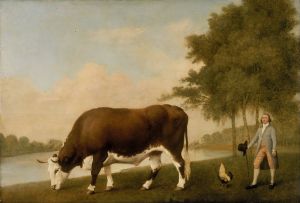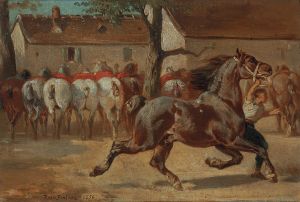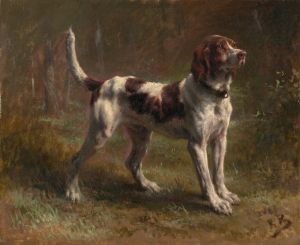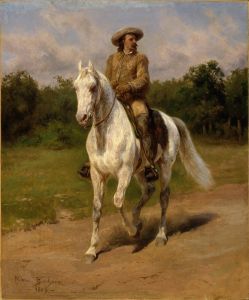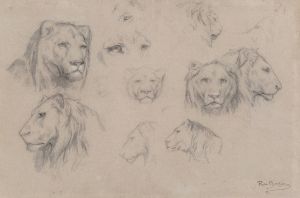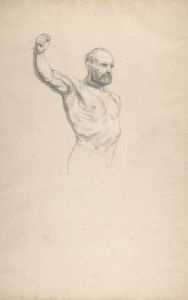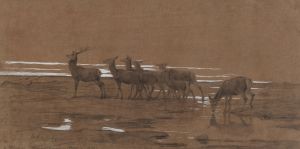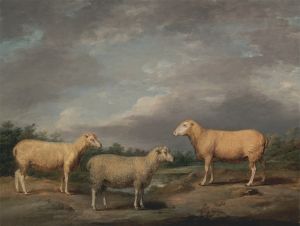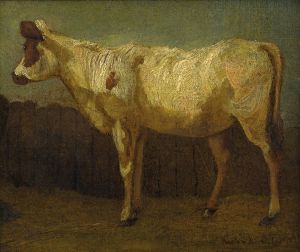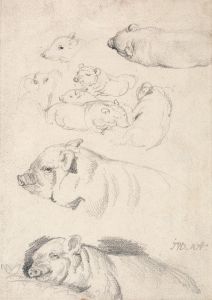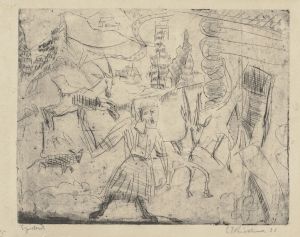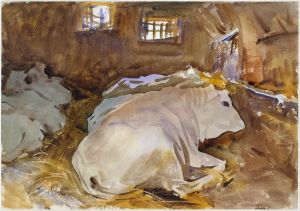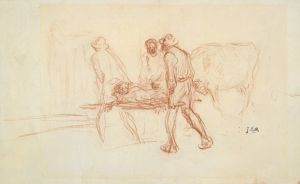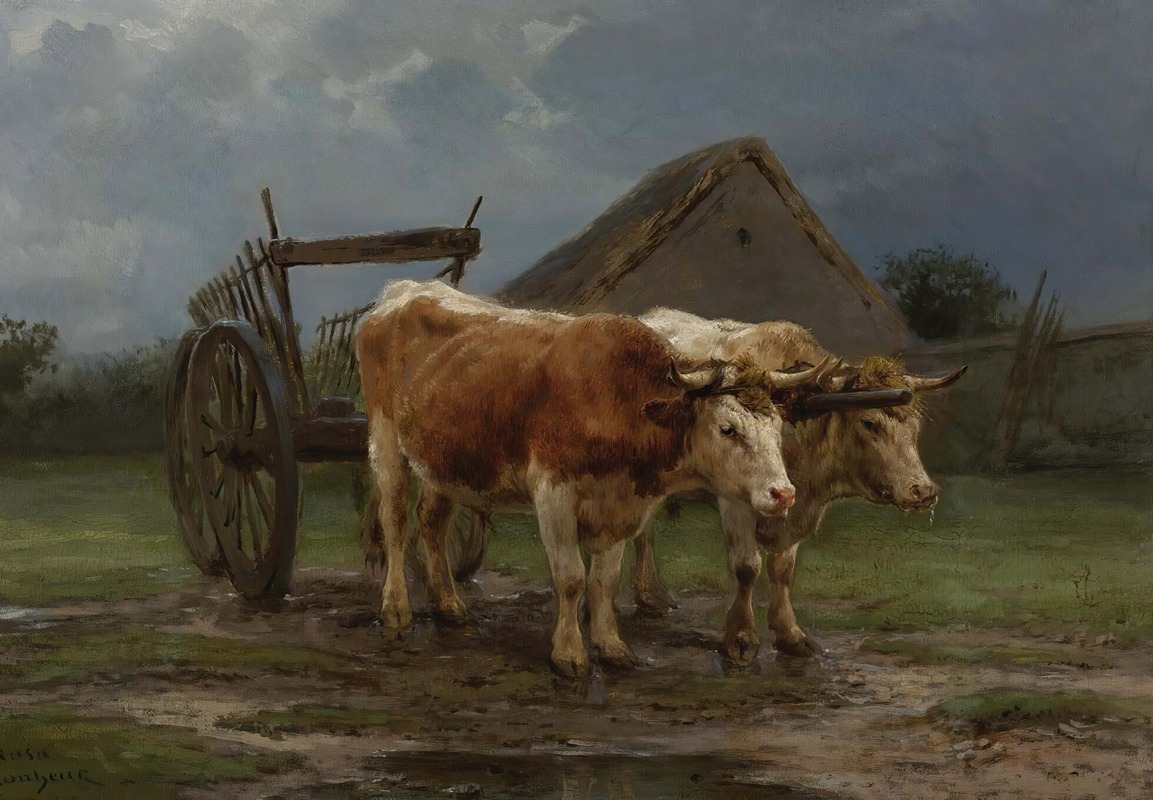
Oxen Pulling A Cart
A hand-painted replica of Rosa Bonheur’s masterpiece Oxen Pulling A Cart, meticulously crafted by professional artists to capture the true essence of the original. Each piece is created with museum-quality canvas and rare mineral pigments, carefully painted by experienced artists with delicate brushstrokes and rich, layered colors to perfectly recreate the texture of the original artwork. Unlike machine-printed reproductions, this hand-painted version brings the painting to life, infused with the artist’s emotions and skill in every stroke. Whether for personal collection or home decoration, it instantly elevates the artistic atmosphere of any space.
Rosa Bonheur was a renowned French artist of the 19th century, celebrated for her realistic depictions of animals and rural scenes. Her work "Oxen Pulling a Cart" is a testament to her skill in capturing the essence of rural life and the animals that were integral to it. Bonheur was born on March 16, 1822, in Bordeaux, France, and she grew up in a family that encouraged her artistic talents. Her father, Oscar-Raymond Bonheur, was a landscape and portrait painter who played a significant role in her artistic education.
Bonheur's interest in animals and rural scenes was evident from an early age. She often visited farms, slaughterhouses, and livestock markets to study animals in their natural environments. This dedication to understanding her subjects is reflected in the lifelike quality of her paintings. She was known for her meticulous attention to detail and her ability to convey the physicality and character of animals.
"Oxen Pulling a Cart" is one of Bonheur's works that exemplifies her focus on rural themes and her skill in animal portraiture. The painting depicts a pair of oxen harnessed to a cart, showcasing the strength and endurance of these animals, which were vital to agricultural life in the 19th century. Bonheur's ability to capture the texture of the oxen's hides and the play of light on their muscular forms demonstrates her technical proficiency and her deep appreciation for her subjects.
Bonheur's work was well-received during her lifetime, and she achieved considerable success and recognition. She was awarded the Legion of Honour by the French government, becoming the first female artist to receive this distinction. Her fame extended beyond France, and she gained an international reputation, particularly in England and the United States.
In addition to her artistic achievements, Bonheur was known for her unconventional lifestyle. She wore men's clothing, which allowed her greater freedom to move and work, especially when sketching animals in the field. This choice was both practical and a reflection of her independent spirit. Bonheur's determination to pursue her artistic vision, regardless of societal norms, made her a pioneering figure for women in the arts.
"Oxen Pulling a Cart" is a reflection of Bonheur's commitment to realism and her passion for depicting the natural world. Her work continues to be celebrated for its technical excellence and its ability to convey the beauty and dignity of rural life. Bonheur's legacy as one of the foremost animal painters of her time endures, and her paintings remain popular with art enthusiasts and collectors around the world.
While specific details about the creation and current location of "Oxen Pulling a Cart" are not widely documented, the painting is representative of Bonheur's broader body of work, which includes other notable pieces such as "The Horse Fair" and "Ploughing in the Nivernais." These works collectively highlight her contribution to the genre of animal painting and her influence on subsequent generations of artists.





